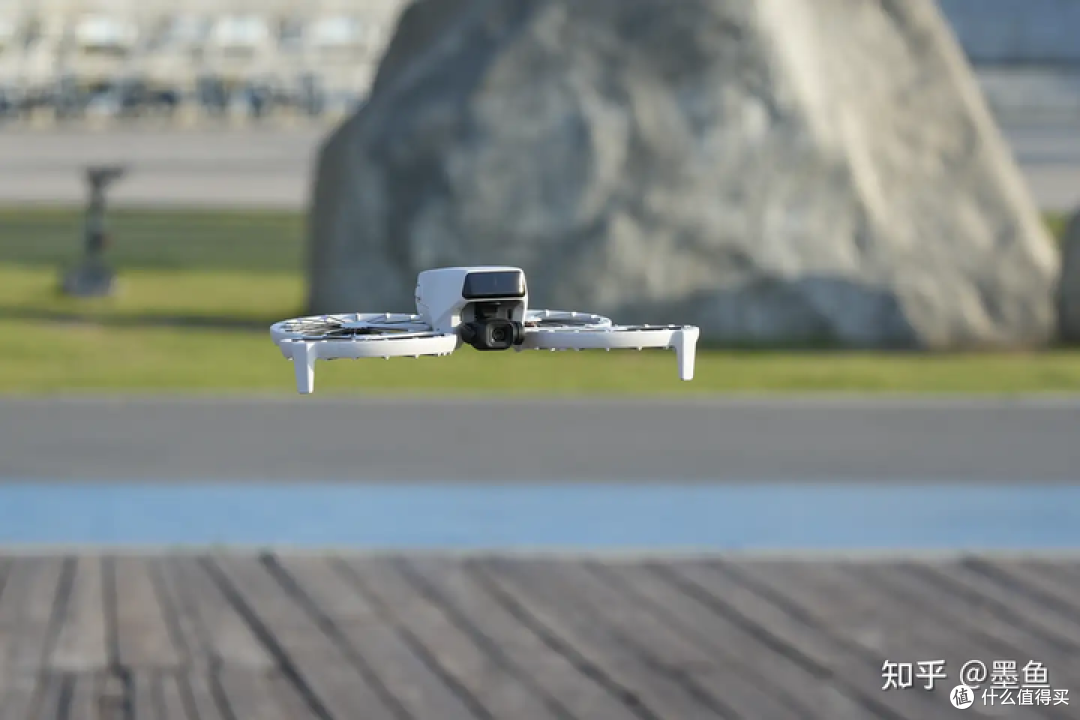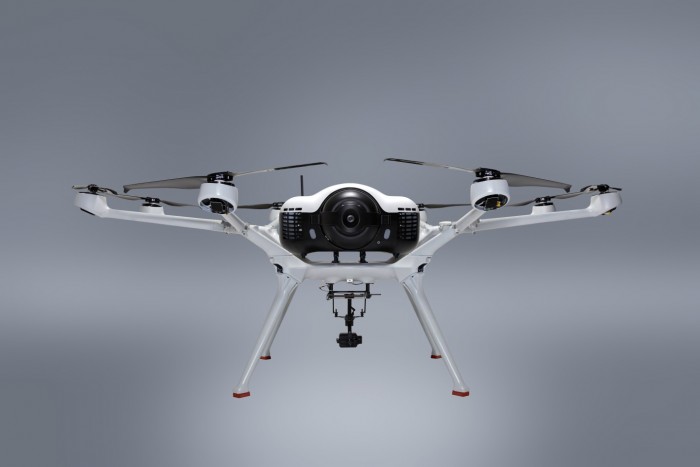In recent years, the use of drones in America has grown exponentially. Initially employed by the military, these unmanned aerial vehicles have found applications in diverse fields such as agriculture, filmmaking, and emergency services. Drones provide a bird’s eye view that offers precision and efficiency.
The advancements in drone technology have been nothing short of revolutionary. Over the last decade, innovations in drone capabilities have included enhancements in battery life, GPS functionality, and camera resolution, making them more accessible and cost-effective for both personal and commercial use. The Federal Aviation Administration (FAA) continues to develop regulations to ensure safety as drones become more ubiquitous in American skies.
Commercial and Personal Use

Companies in the United States are leveraging drones for commercial purposes, including delivery services and surveillance. The ease with which drones can reach remote or hazardous areas has made them indispensable for industries such as mining and construction. In agriculture, drones help monitor crops, optimize irrigation, and even apply fertilizers, revolutionizing farming methodologies.
Personal use of drones is rapidly increasing among hobbyists and photographers. These individuals enjoy capturing stunning aerial imagery and video that was previously only possible with expensive equipment. The rise of social media platforms has also fueled this interest, as content creators look for unique perspectives to stand out.
Challenges and Regulations
With the widespread adoption of drones in America comes a set of challenges. Privacy concerns and airspace regulations are among the foremost issues. The debate over where and how drones can legally operate is crucial to balancing innovation and public safety. The FAA has established no-fly zones around airports, military bases, and other secure locations to mitigate risks.
Furthermore, there is growing concern about the environmental impact of increased drone use, particularly with noise pollution and wildlife disturbance. Manufacturers are researching quieter technologies and eco-friendly materials to reduce the ecological footprint of drones.
Technological Innovations
Drones are evolving with cutting-edge technology such as AI integration, thermal imaging, and autonomous flying capabilities. These advancements aid in disaster response scenarios, wherein drones can quickly assess damage, delivering critical information in real-time.
AI-driven drones can autonomously navigate complex environments, making them valuable for search and rescue missions. With ongoing research and investment, the possibility of integrating more groundbreaking technologies with drones promises exciting prospects for the future.
FAQs
What are the legal requirements to fly a drone in America?
Drone operators must comply with FAA regulations, including registering drones and obtaining necessary certifications for commercial use. Recreational users should adhere to guidelines such as maintaining a visual line of sight and avoiding restricted areas.
How are drones impacting traditional industries?
Drones are increasing efficiency in traditional sectors like agriculture, real estate, and logistics by providing new ways to collect data and observe processes, resulting in smarter business decisions.
Can drones be used for public safety?
Yes, drones are used by law enforcement and emergency services for surveillance, search and rescue operations, and disaster management, providing invaluable perspectives and data.